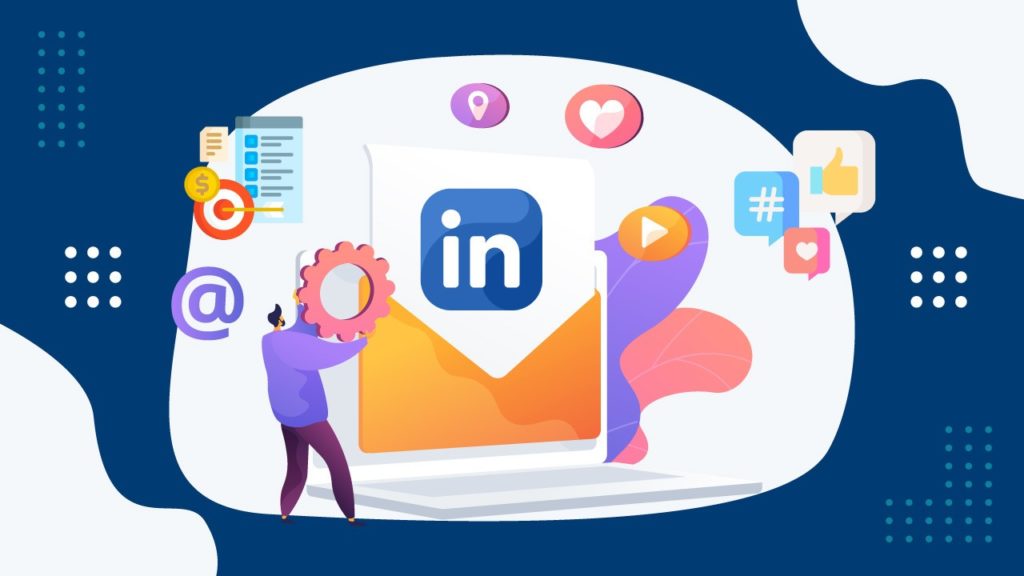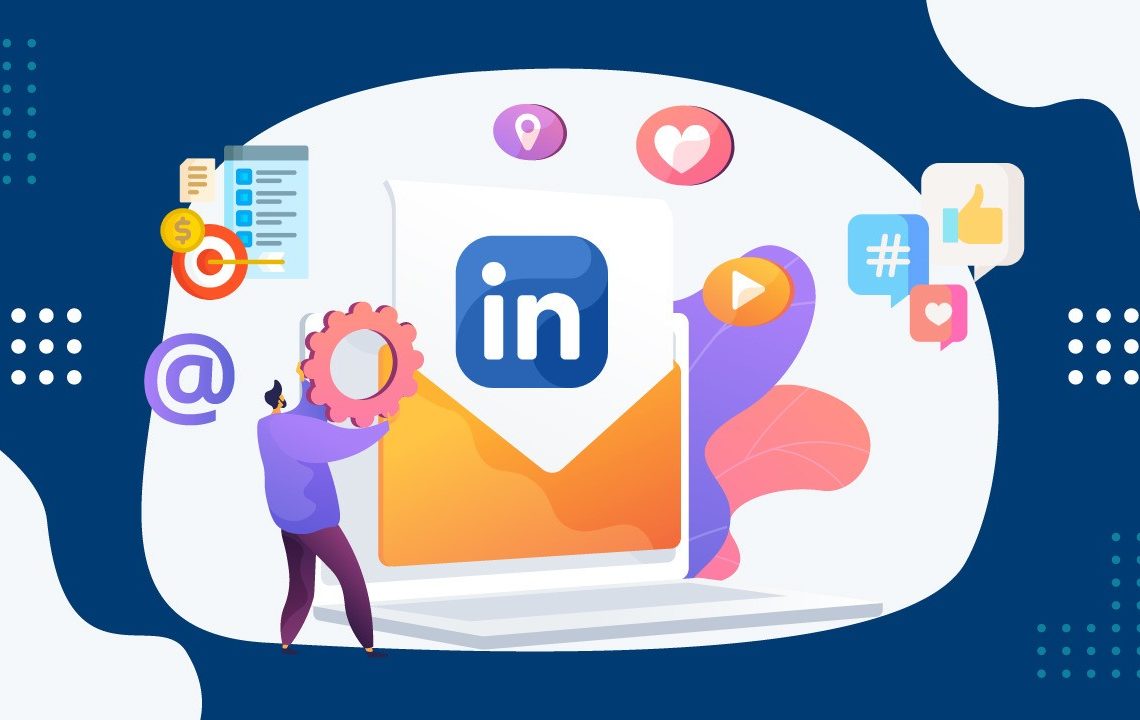
As a marketing team, we understand the importance of push notifications in keeping our users engaged with our platform. LinkedIn has a complex push notification system that we can learn from and implement in our own platform. Here’s how we can do it:
- Segmentation
LinkedIn segments its users based on their behavior and interests. This allows them to send targeted push notifications that are relevant to the user. We need to implement a similar segmentation strategy to ensure our push notifications are not seen as spam. - Personalization
LinkedIn personalizes its push notifications by using the user’s name and including information that is relevant to them. This makes the notifications more engaging and less likely to be ignored. We need to ensure that our push notifications are personalized to each user to increase engagement. - Timing
LinkedIn sends push notifications at the right time to ensure maximum engagement. For example, if a user has just posted an article, LinkedIn will send a push notification to their connections to increase the visibility of the post. We need to identify the right time to send push notifications to our users to maximize engagement. - A/B Testing
LinkedIn uses A/B testing to determine which push notifications are most effective. This allows them to optimize their push notification strategy and increase engagement. We need to implement A/B testing to ensure our push notifications are effective and engaging. - Data Analysis
LinkedIn analyzes data to determine which push notifications are most effective. They use this data to optimize their push notification strategy and increase engagement. We need to analyze our data to determine which push notifications are most effective and optimize our strategy accordingly.
In conclusion, implementing a complex push notification system like LinkedIn requires segmentation, personalization, timing, A/B testing, and data analysis. By implementing these strategies, we can increase engagement with our platform and keep our users coming back for more.
